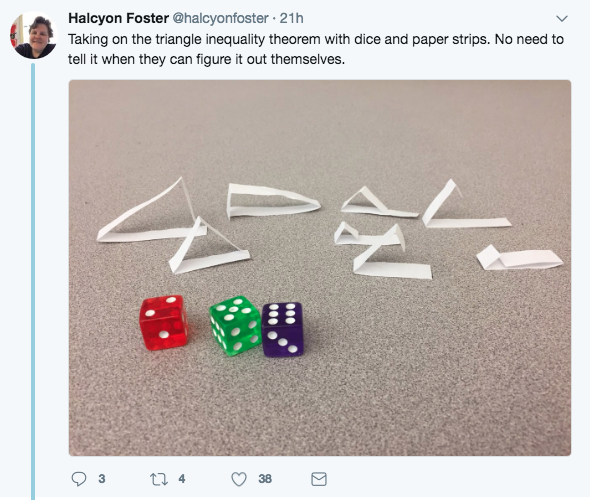Paper Plates & Fuzzy Sticks

As the school year enters fourth quarter, teachers are blessed/cursed by the arrival of nice weather. For those of us in the northeast, we rejoice the end of winter and celebrate the boost to the spirit from the new spring. But along with that comes the battle to keep the students on task and motivated as they can sense that the end of the school year can't be that far away. I have an extra challenge as my classroom looks out on the tennis court and track, and I am always competing with teens enjoying gym class for the attention of my students. One of the last units that we cover in Geometry is our unit on Circles. Having taught Geometry for a number of years, I have always been on the lookout for new ways to engage students with the many terms, concepts, and relationships that come with the Circle unit. While it is always easy for me to immediately go to the Chromebooks and have the students use Desmos and/or GeoGebra to investigate, I decided to go low-tech (again) this ye




